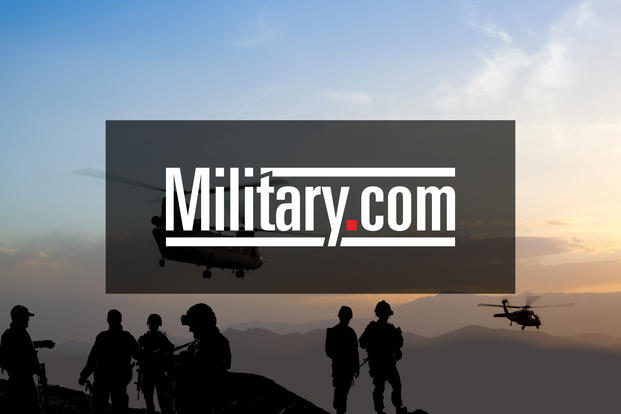NATIONAL HARBOR, Md. -- The airspace over Syria in some ways has become as "contested" and "congested" as the war on the ground, posing special challenges for U.S. pilots, Air Force Lt. Gen. Jeff Harrigian said Monday.
U.S. troops in their train-and-advise mission with the U.S.-partnered Syrian Democratic Forces have had to carry out missions against the Islamic State of Iraq and Syria while steering clear of conflict with forces of the Russian-backed Syrian regime and a host of factions involved in the civil war.
"The same thing is happening in the air," Harrigian, commander of U.S. Air Forces Central Command, said at the Air Force Association's Air, Space and Cyber Conference.
Unlike Iraq and Afghanistan, "where we've owned the airspace," the air war in Syria involves "multiple players," he said.
Factions under the flags of varying nations are flying unmanned aerial vehicles, while Russian and Syrian fighters and bombers operate freely -- unless they are seen as a threat to U.S. and partnered forces.
Harrigian said he has constantly tried to get across that last point to the Russians, and have them convey the U.S.' resolve to the Syrians.
He showed a slide of the phone he uses to "deconflict" with Russian forces -- marked in white tape with large letters saying "RUS-ACO [Air Combat Operations]."
U.S. pilots also have to be constantly alert to the fact they are often flying in areas protected by sophisticated Russian and Syrian air defenses, Harrigian said.
The challenges for U.S. airmen became more acute after President Donald Trump last April authorized Tomahawk Land Attack Missile (TLAM) strikes against a Syrian air base in response to chemical attacks on civilians by Syrian warplanes.
U.S. warplanes were in the air "before, during and after" the Tomahawk strikes "in case the Syrians or the Russians made a run at us" and tried to attack U.S. troops on the ground, Harrigian said.
He wouldn't go into specifics on the rules of engagement, but suggested that pilots now have more discretion in responding to perceived threats since the TLAM strikes.
"Too much was being directed from the CAOC [Combined Air Operations Center]," Harrigian said.
He cited the June 18 incident in which a Navy FA-18E Super Hornet shot down a Syrian Su-22 warplane that had bombed positions of the Syrian Democratic Forces, wounding several fighters.
Then on June 20, an Air Force F-15E Eagle shot down an armed drone believed to be under the control of an Iranian faction that was headed toward positions of the SDF and their U.S. advisers, Harrigian said.
The Russians also occasionally make dangerously close passes to U.S. aircraft, he said, adding it tends to happen with less experienced Russian pilots.
"As they rotate in forces, they typically change behavior," and the newer pilots become more aggressive, Harrigian said. "I remind them [the Russians] that we will always be in a position to defend ourselves."
-- Richard Sisk can be reached at Richard.Sisk@Military.com.






























